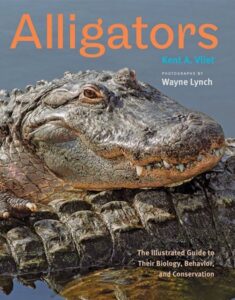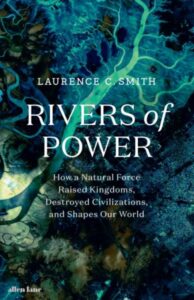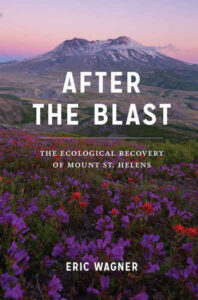Are you someone who enjoyed reading Melissa Harrison’s “All Among the Barley,” “At Hawthorne Time,” or “Clay?”
Perhaps you’re a regular reader of her “Nature Notebook” column in The Times.

Are you someone who enjoyed reading Melissa Harrison’s “All Among the Barley,” “At Hawthorne Time,” or “Clay?”
Perhaps you’re a regular reader of her “Nature Notebook” column in The Times.

I’ll be honest – alligators are not a very big part of my life. They’re neither native nor invasive to Oregon – I don’t even think the Oregon Zoo has one (they have two African Slender-snouted Crocodiles, which true to Portland form, they’ve named Morgan and Lance, but no alligators) – so I don’t tend to encounter them while afield. I did see one once while bird watching in the Rio Grande Valley of Texas, and years ago in New Orleans I had a small portion of one, deep fried with a side of chips, but that’s the limit of my experience with them.

Growing up in Astoria, Oregon, I learned at a very young age just how much importance a river could have to a community. The Columbia was the heart of the town’s entire economy. From fishing and logging to recreation and tourism, nearly everything that happened in Astoria was connected to the river.

On the morning of 18 May, 1980, I was camping with my Boy Scout troop in Ft. Stevens State Park. We were just finishing up breakfast when the news reached us from one of the rangers that Mt. St. Helens had erupted. None of us would learn the full extent of the damage – including the destruction of Spirit Lake, a heartbreakingly beautiful location at which we had camped the year before – wrought by explosion until days later. Fifty-seven people died from the blast, as well as countless animals and plants. So much of the surrounding landscape was either incinerated or buried by ash that it resembled the surface of the Moon more than any Earthly environment. Like so many of my Pacific Northwest neighbors, I remember wondering if I would live to see the area even begin to return to its former lush, green state.